





Breast
Breast – the unpaired extended bone with slightly convex front part and a concave back surface.
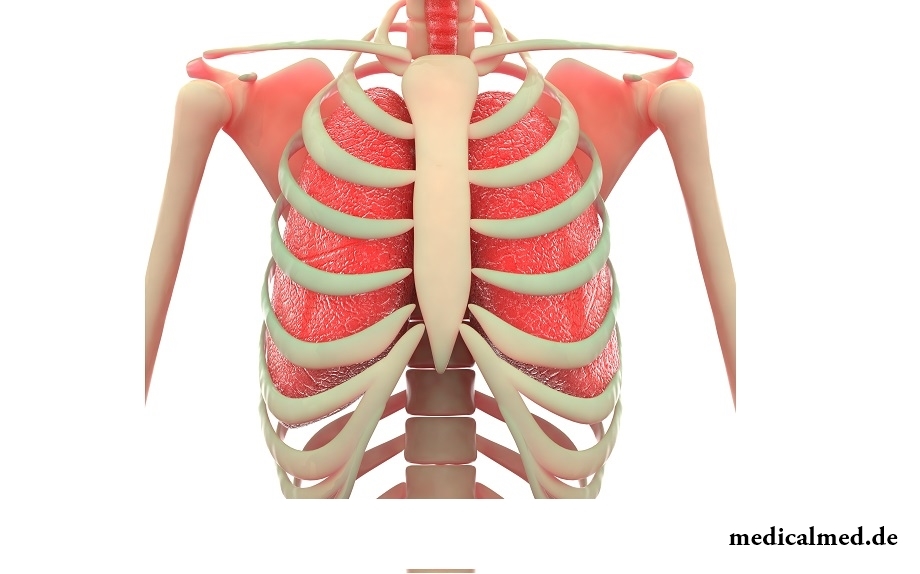
Breast structure
The breast is located in department of a front wall of a thorax. It consists of three parts: handles, body and xiphoidal shoot. All three parts are connected among themselves by means of cartilaginous layers which ossify with age.
The handle of a breast is its widest part. From above she is more fat, from below is thinner, and at the very bottom has jugular cutting at the upper edge which is easy for probing through skin. On each side jugular cutting there are clavicular cuttings – places in which the breast connects to the sternal ends of clavicles.
A little lower, on a side edge, cutting of the first edge - a junction with a cartilage of the first edge is located. It is possible to see small deepening a little more below – an upper part of costal cutting of the second edge. The lower part of this cutting is directly on a midsternum.
The midsternum is longer than the handle almost three times, but already it. At women the body is shorter, than at men.
In a front part it is possible to see traces of merge of parts of a breast in the course of embryonic development. They look as cross, poorly noticeable lines.
The connecting cartilage of the upper edge of a body with bottom edge of the handle is called a handle synchondrosis. The handle and a body connect, forming stupid, behind an open corner which is at the level of connection of the second edge. It is easy to probe it through skin.
From a side part of a midsternum there are two incomplete and four full costal cuttings – junctions of edges with cartilages (from the second on the seventh). One incomplete cutting is located from above a side part of a breast and corresponds to a cartilage of the second edge, another – from below a side part and corresponds to a cartilage of the seventh edge. Between them four full cuttings corresponding to the third, fourth, fifth and sixth edges are located.
The parts of side departments which are between two next costal cuttings have an appearance of semi-lunar deepenings.
The shortest part of a breast is the xiphoidal shoot. It can differ in a form and the size, to have an opening in the middle or the doubled top. The dulled or its acute top can be turned both forward, and back. In an upper part of side department of a shoot there is an incomplete cutting connecting to a cartilage of the seventh edge.
Together with a body the xiphoidal shoot forms a synchondrosis of a xiphoidal shoot. In old age the xiphoidal shoot ossifies and grows together with a midsternum.
Sometimes higher handles, in the middle of nadpodjyazychny group of muscles of a breast or in a medial leg of a clavicular and mastoidal muscle of a breast are located from one to three nagrudinny bones which connect to its handle.
The main muscle of a breast is the big pectoral muscle which begins in the medial surface of a clavicle, passes through a body and the handle of a breast, and also a direct muscle of a stomach.
Pain and burning in a breast
Most often breast pain is connected with damage of internals and its osteoarticular structures, and also with psychogenic diseases. Often breast pain is a symptom of a myocardial infarction, stenocardia, a thromboembolism of the pulmonary artery, pneumonia, diseases of bodies of digestive tract, a prolapse of the mitral valve, pleurisy stratifying aortic aneurysms, a malignant new growth of slight, phrenic abscess.
Pain and burning in a breast is the integral symptom:
- Digestive tract diseases (stomach ulcer, gastroesophageal disease);
- Diseases of bronchopulmonary system;
- Diseases of cardiovascular system;
- Blood diseases;
- Injuries and fractures of a breast.
In addition, perhaps psychogenic origin of pains in a breast (hysteria, vegeto-vascular dystonia).
Breast fracture
In traumatology the fracture of a breast meets rather seldom. As a rule, the change happens as a result of strong direct stroke in a breast, at the road accident (as a result of blow of a thorax about a steering column) or as a result of strong squeezing of a thorax. Often the change is followed by the shift of fragments. The change with shift is characterized by cave-in of the center of a breast inside.
Breast fracture symptoms
The most explicit symptom of a change is pain in the damaged place which amplifies at breath. In the field of a change it is possible to see hemorrhage and hypostasis. The palpation is very painful, and at some patients it is possible to probe breast fragments.
The change without shift can not cause strong pain, especially, if the injury is combined with numerous fractures of edges.
The change with the strong shift of fragments can damage bodies of a thorax. As a result of injury of lungs or a pleura pheumothorax (air accumulation) or a hemothorax (blood accumulation) in a thorax can develop. Such complications pose serious hazard to life of the patient and demand immediate medical intervention.
Each person has not only unique fingerprints, but also language.
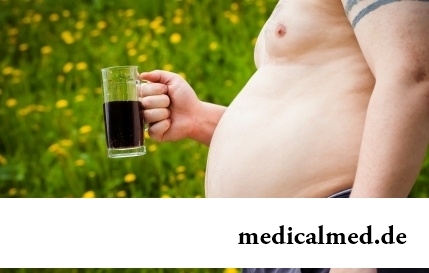
There is a lot of fans of beer in our country. Statistically, on each average Russian (including women and children) in...
Section: Articles about health
What will only not be thought up by persons interested to have a beautiful figure. Here the last innovation – for weight loss needs to be eaten greasy food. Let's understand whether there is at a fatty diet common sense....
Section: Slideshow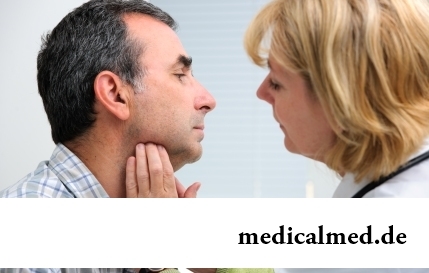
The endocrine system carries out extremely important role in a human body, practically all processes of life activity are regulated by it. Closed glands (hemadens) produce special biologically active agents – hormones which then get to a blood channel and are transferred to bodies addressees, or as they are called still, to target organs. Frustration of this mechanism are fraught with development of serious chronic pathologies....
Section: Articles about health
Stability of a hormonal background is one of the most important conditions of preservation of health of the woman. At the same time endocrine system –...
Section: Articles about health
Cold, puffiness of a nose, itch, the watering eyes - characteristic symptoms of the allergic rhinitis resulting from hit of allergens (pollen, house dust, hair of animals, etc.) on a mucous membrane of a nose. Unpleasant feelings often deliver беспоко...
Section: Articles about health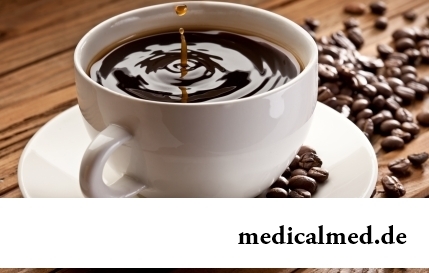
Coffee – favourite drink of many. For the last decades it more than once already declared very harmful, extremely useful and even necessary for normal life activity. In spite of the fact that this product became for us usual for a long time, there are many myths about properties of coffee and its impact on a human body. Readers can get acquainted with the most widespread of similar delusions today....
Section: Articles about health
The mankind knows that some toxins at intake in the minimum quantities have therapeutic effect...
Section: Articles about health
For the last decades the diabetes mellitus of the second type became really world problem. The number of cases annually increases, and average age of patients for whom the illness is diagnosed, steadily decreases. Specialists consider that one of osno...
Section: Articles about health
Household skills which to us so diligently imparted in the childhood it appears, not always bring only benefit. According to results of the last researches, some habits which for a long time were considered useful and even necessary can become the reason of serious indispositions. Here only seven the most widespread of them....
Section: Articles about health
Physical activity is necessary for normal functioning of a human body. At a lack of the movement cease функц...
Section: Articles about health
Each failure in work of bodies and systems of a human body is, as a rule, shown by the whole complex of symptoms. In particular, malfunctions with health often cause emergence of cosmetic defects in the form of rashes on a face. Experienced doctors know that локализац...
Section: Articles about health
The business lady, the become mother, it is necessary to solve an array of problems. But of them is main: how to combine the beloved child and work? What traps trap the working mother and how she needs to behave?...
Section: Slideshow
Work of a brain is extremely complex and in many respects is not studied yet. It is confirmed also by the features of thought processes which are shown in...
Section: Articles about health
There comes the season of issues. Many Russians already dream of outdoor recreation, trips, beautiful seaside beaches. At this time there is no wish to think of problems with health and other unpleasant things, however there are subjects which require attention. Summer...
Section: Articles about health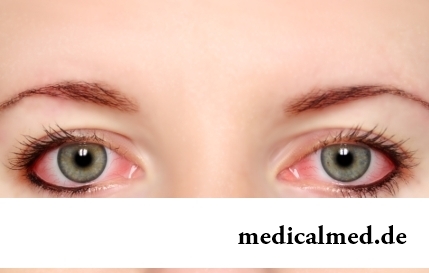
The sclera and mucous membrane of an eye are intensively supplied with blood vessels which problem - to saturate nervous tissues of body with nutrients and oxygen. In a normality vessels are almost not noticeable, however at their expansion (owing to thinning of walls) become visible, painting a sclera in red color. Quite often red eyes - the signal of any trouble in an organism caused as external irritants, allergens, and diseases which need in about...
Section: Articles about health
Any person who faced a disease knows that treatment costs expensive. It belongs also to consultations qualified the specialist...
Section: Articles about health
The state of health of the person depends on many factors. One of the most important is the constant, but not exhausting a physical activity. In the presence of various illnesses specialists often advise patients to do swimming which by right borrows ведущ...
Section: Articles about health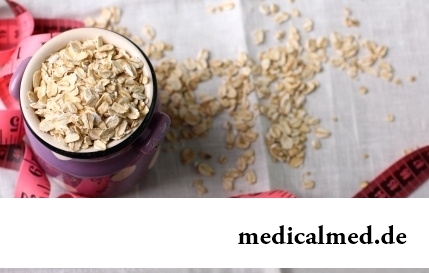
The list of stereotypes of which, apparently, all know strongly includes following: British surely eat porridge for breakfast. Perhaps, not all modern residents of Britain arrive quite so, but for those from them which continue to follow this tradition, it is possible to be glad sincerely: oat flakes are a product which regular use not only helps the person to keep force and beauty long. Porridge in a special way influences an organism, protecting it from seriousness...
Section: Articles about health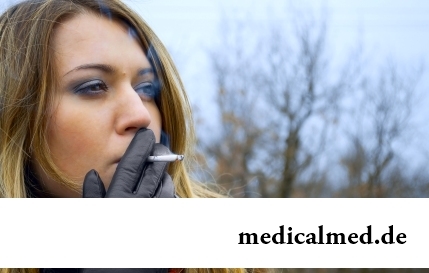
Dark circles (bruises) under eyes – a shortcoming with most of which often fight against the help of cosmetics (proofreaders, salons...
Section: Articles about health
The number of long-livers is very small. One person from 5 thousand lives up to age of 90 years, and the centenary boundary steps over only one of 20 thousand. However, doctors claim that each of us is quite able to affect own destiny. At the same time speech to Ida...
Section: Articles about health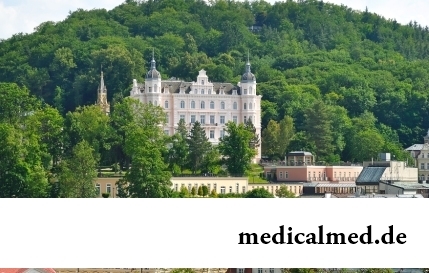
People know that thermal sources have salutary force long ago. Treatment by natural waters is one of the most ancient methods of disposal of the most different diseases. Bathtubs, souls, wrappings and inhalations, in combination with water reception inside help to improve a condition of the patients suffering from disturbances of work of a musculoskeletal system, bodies of digestive tract, cardiovascular, nervous, respiratory and secretory system, skin and endocrine п...
Section: Articles about health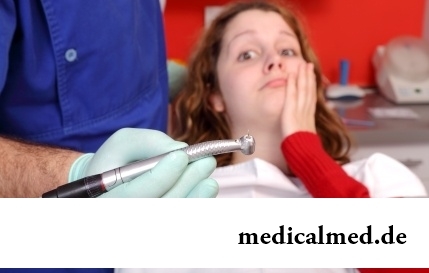
Statistically, can only one of ten of our compatriots brag of a decent condition of an oral cavity. On среднестатистич...
Section: Articles about health
At this plant there are a lot of names: tuberiferous sunflower, Jerusalem artichoke, solar root, earth pear. Contrary to popular belief, it is not an exotic plant at all. The wild girasol grows in a midland of Russia practically everywhere: at the edges of roads...
Section: Articles about health
All like to sing. Small children with pleasure are engaged in a vocal, not especially thinking of hit in a melody. Adults most often hesitate, being afraid to show lack of talents in this area, and it is vain: singing is very useful for health....
Section: Articles about health
Color of plants is caused by presence at them of certain chemical compounds. Let's talk that various colors mean vegetable...
Section: Articles about health
For anybody not a secret that our country is one of the most "drinking" in the world. At clear understanding that the use of hard alcoholic drinks – occupation extremely harmful, most of Russians belong to alcoholism with unjustified loyalty. These...
Section: Articles about health
Feeding by a breast - the integral part of ideal motherhood allowing to come into contact with the kid and to create to it healthy immunity since early years. Nevertheless, this important process in life of mother and child can be saddened laktostazy − by a milk delay in a mammary gland. What main reasons for a laktostaz? How not to allow problems with breastfeeding? Let's consider 10 premises resulting in stagnation of milk at the nursing mother....
Section: Articles about health
